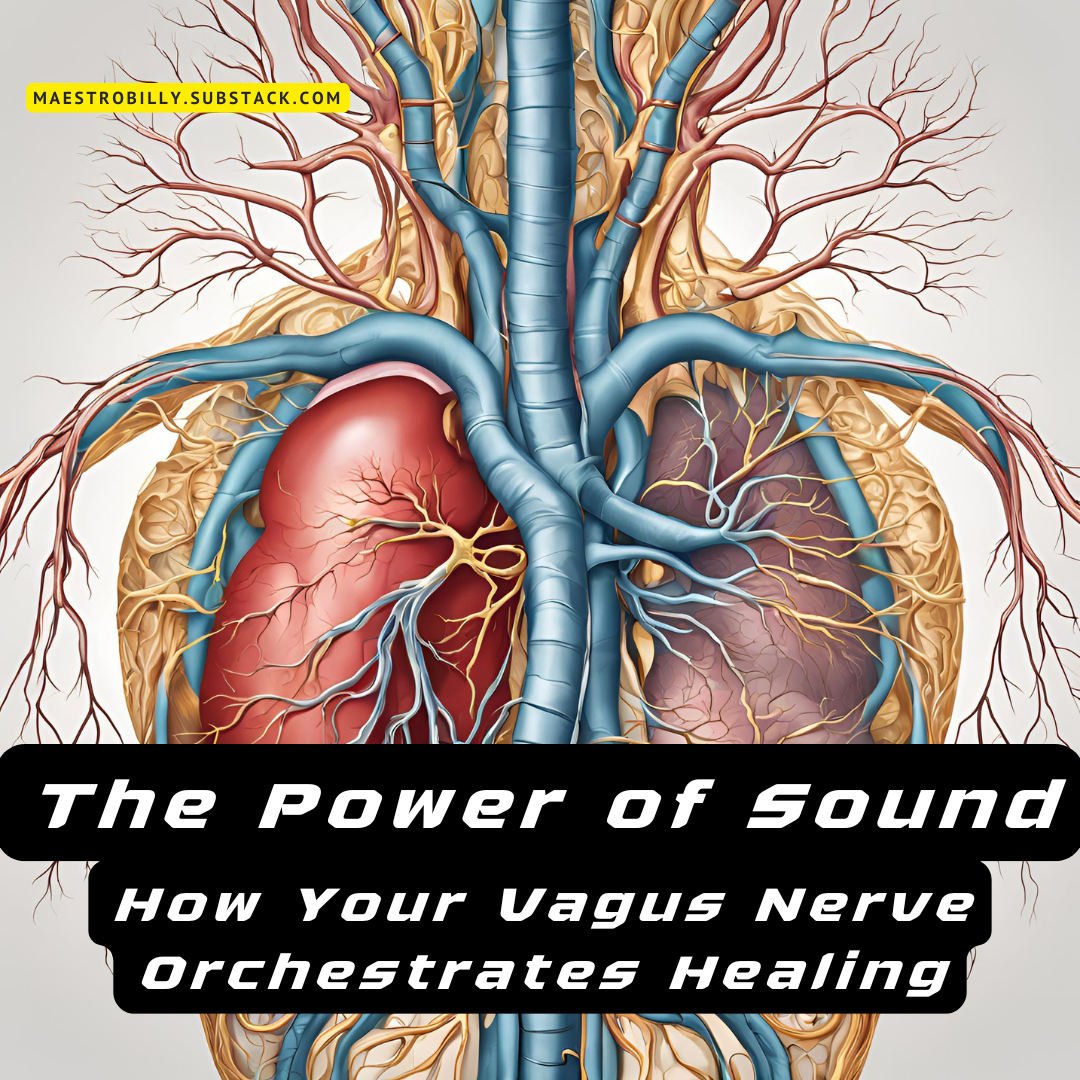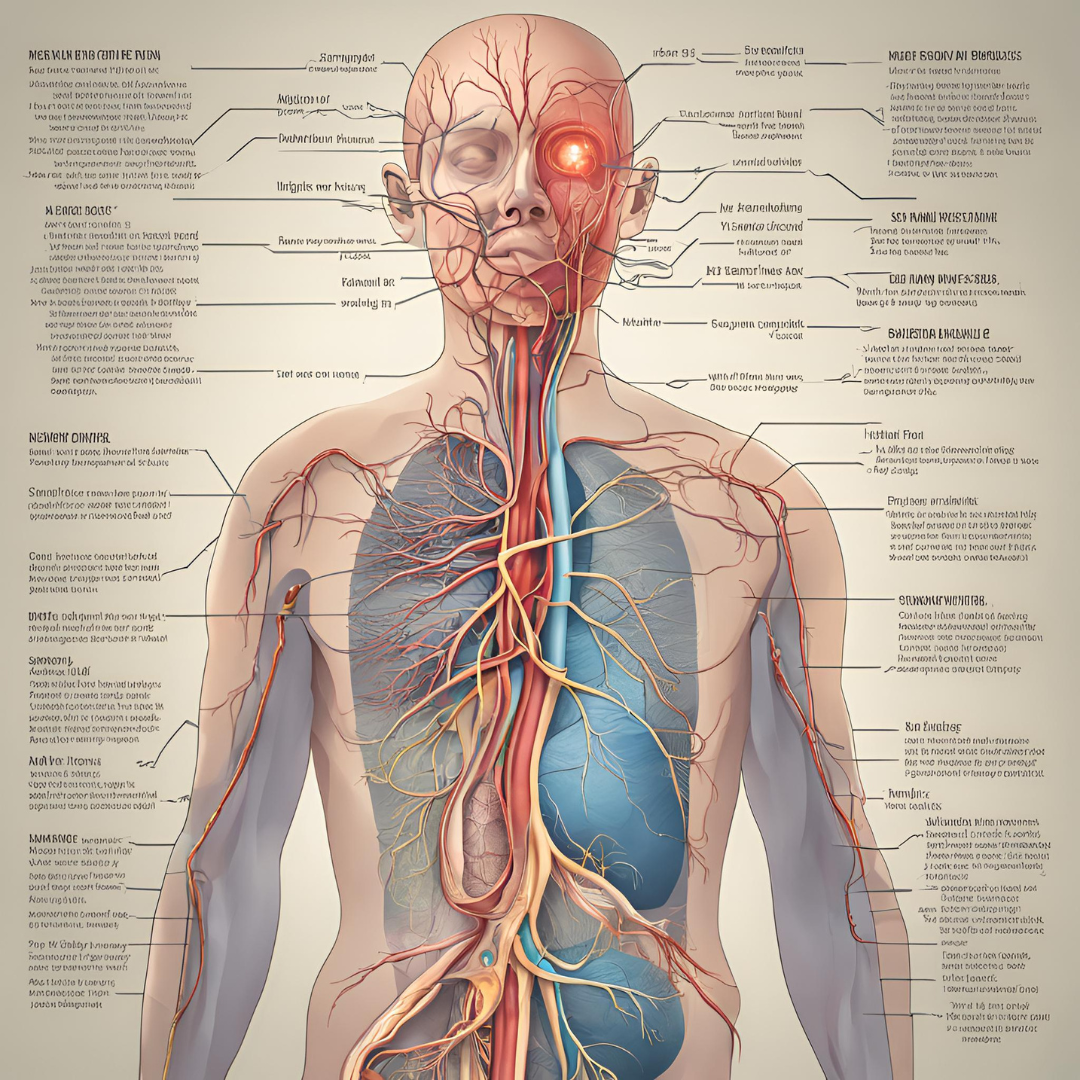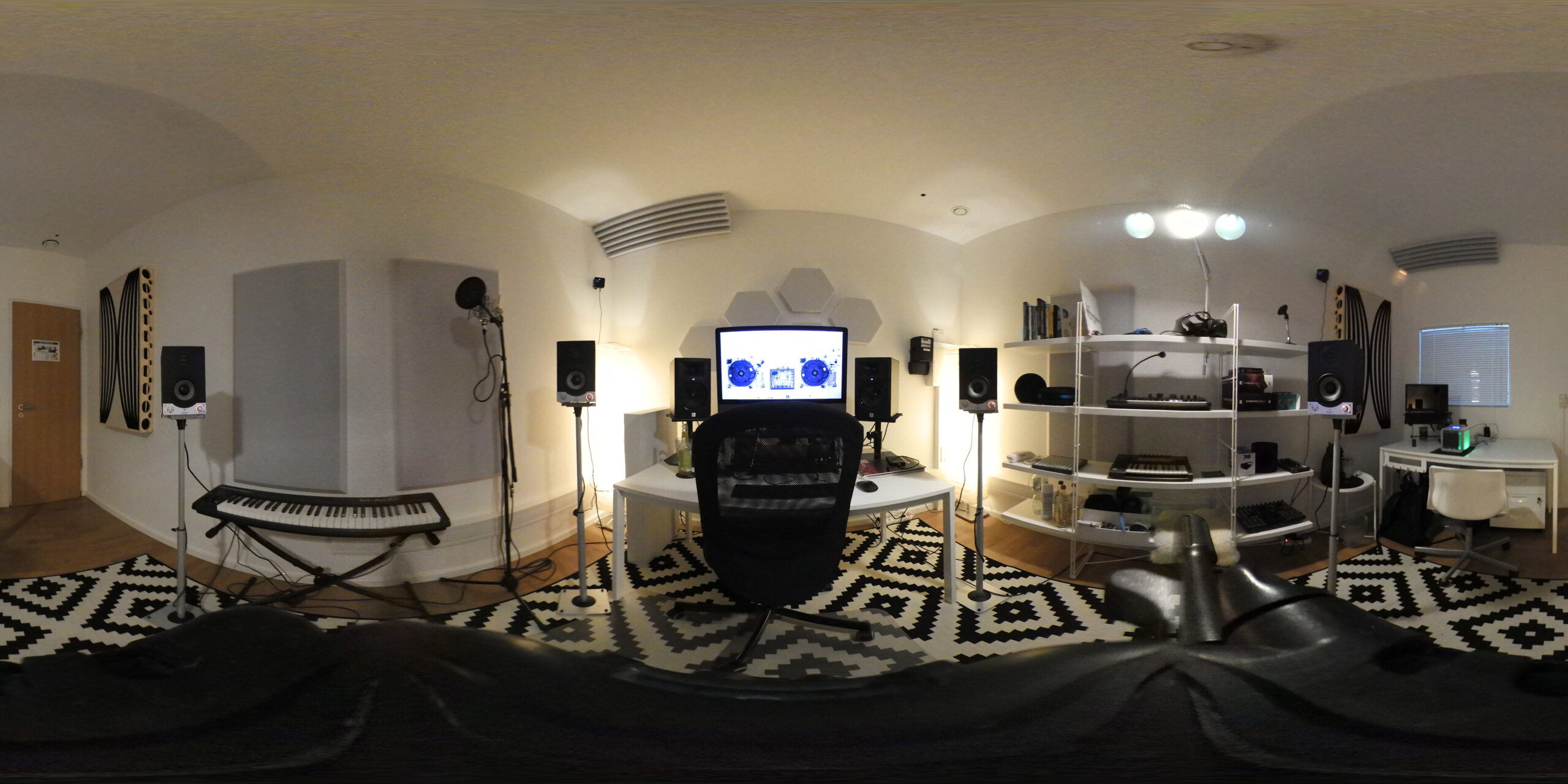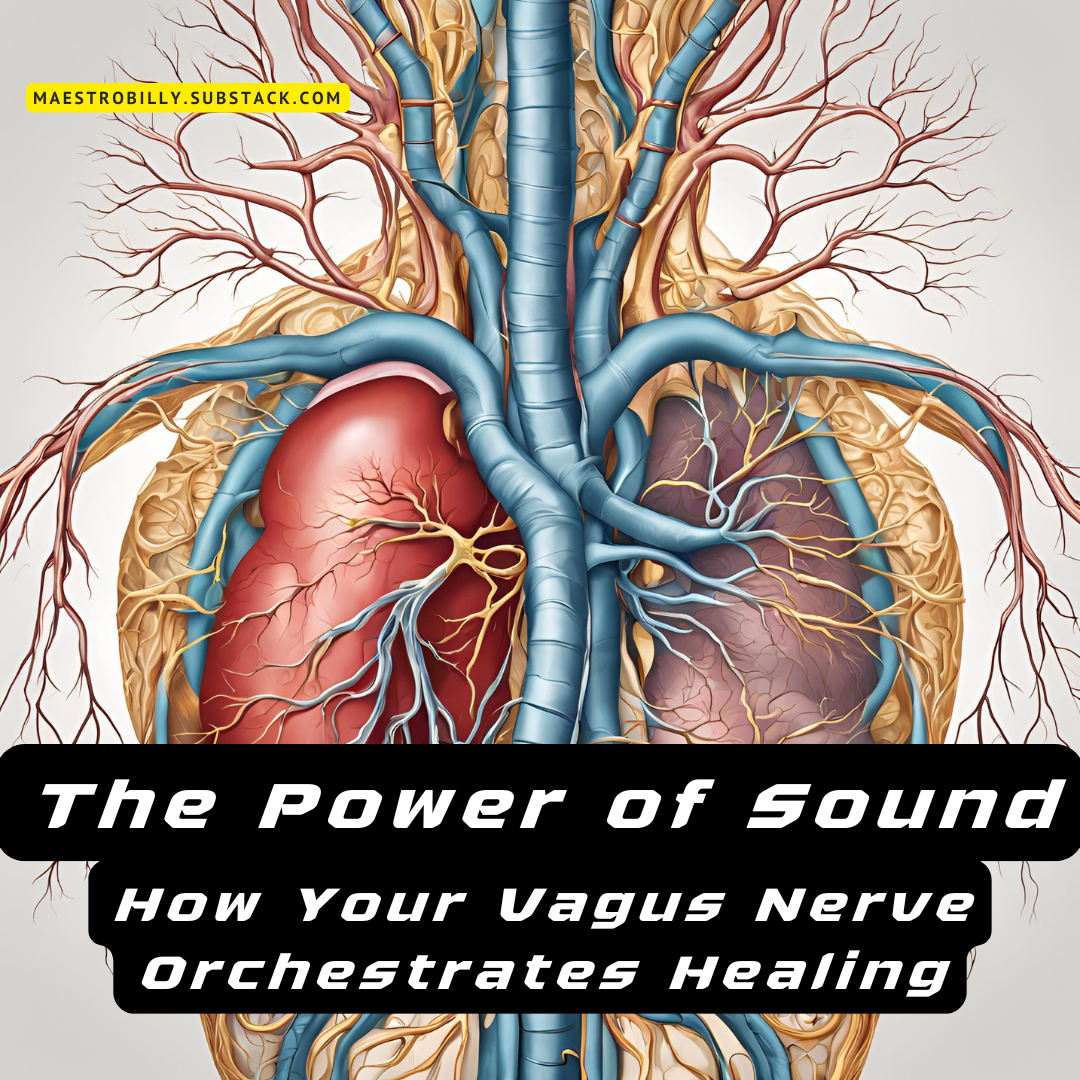Exploring the connection between sound vibrations, neural pathways, and whole-body wellness

Since I decided to go back to studying in 2016, I started reading obsessively about absolutely everything related to music, sound, and related topics.
One area that interested me a lot (actually it always interested me but I never stopped to really read about it) is Music Psychology and the application of Sound to the human body.
From the right notes to create the right emotion to the correct vibration to relax, concentrate, improve the performance of our internal organs, and so on.
Yes, I know everything is very theoretical, and it’s not just because you heard a frequency of 8Hz (actually you’re hearing two slightly different tones—one in each ear—that create an 8Hz difference in your brain) that you’ll enter a deep state of relaxation in 2 seconds and all your health problems will end.
It usually takes 7 minutes, not 2 seconds

The concepts have been around forever, have been proven and verified, so I think it’s interesting to share the information here.
The title of the post is just that.
A very interesting thing that can have practical applications in your life.
Here we go:
The Vagus Nerve is a cranial nerve (I’m not a doctor so I don’t specifically know the technical name for the whole thing. If by chance it’s poorly explained, put your observation in the comments, please) that exits the skull through the jugular foramen and has two ganglia: the superior ganglion (jugular) and the inferior (nodose).
It is responsible for parasympathetic innervation of practically all organs below the neck that receive parasympathetic innervation (lung, heart, stomach, small intestine, etc.), except for part of the large intestine (from the second third of the transverse colon) and sexual organs.
These fancy words come from Wikipedia.
In short—A nerve that goes from your head to your anus.

Well, but what does the Vagus Nerve have to do with Sound?
Everything.
Since it’s a cranial nerve, it has an intimate relationship with hearing.
What you hear, the vibration that enters your body through the ear (or skull bones) reflects directly on the Vagus Nerve.
And, as explained above, reflects throughout the body.
The Vibroacoustics (the process of “hearing” sound vibrations through the body) studies this interaction, for example.
The sound, or vibration, stimulates the Vagus Nerve which activates the reticular system, activating all organs it passes through.
And the sound can come not only through the ear but also through vibration in the body.
Dr. Drew Pierson created a vibratory chair that does exactly that.

Now, moving from theory to the practical side.
Imagine using these frequencies in music. Using the correct frequencies to excite, relax, improve mood, etc.
Since the 90s, therapists have been using Vibroacoustics to treat epilepsy, reduce recovery time for patients after surgery, improve digestion and elimination of body waste, reduce anxiety, improve sleep (for adults and babies), reduce stress, and many other applications.
The conscious use of this information can have excellent results in improving various bodily processes.
That’s what we’re doing at LAIFE too, using these frequencies together with AI-generated Music to create a perfect environment to help you deal with anxiety, stress, burnout and other mental health issues.
Many other applications emerge every day and we discover more about the subject each day.
The use of frequencies, binaural beats (I’ll explain in another post) and relaxation techniques can really change a lot of what happens inside our body.
All the best,
Billy


Leave a Reply